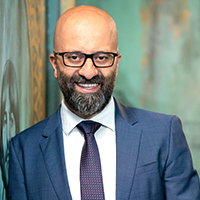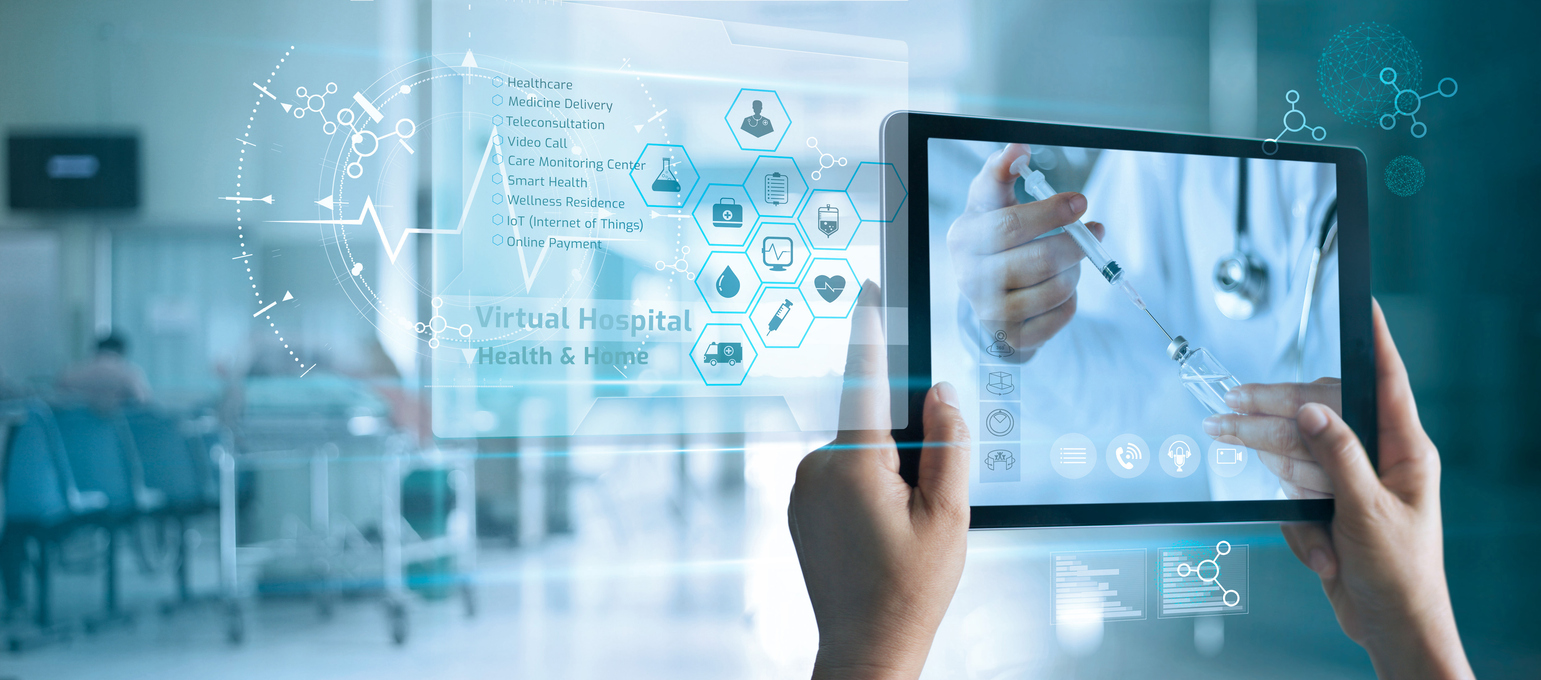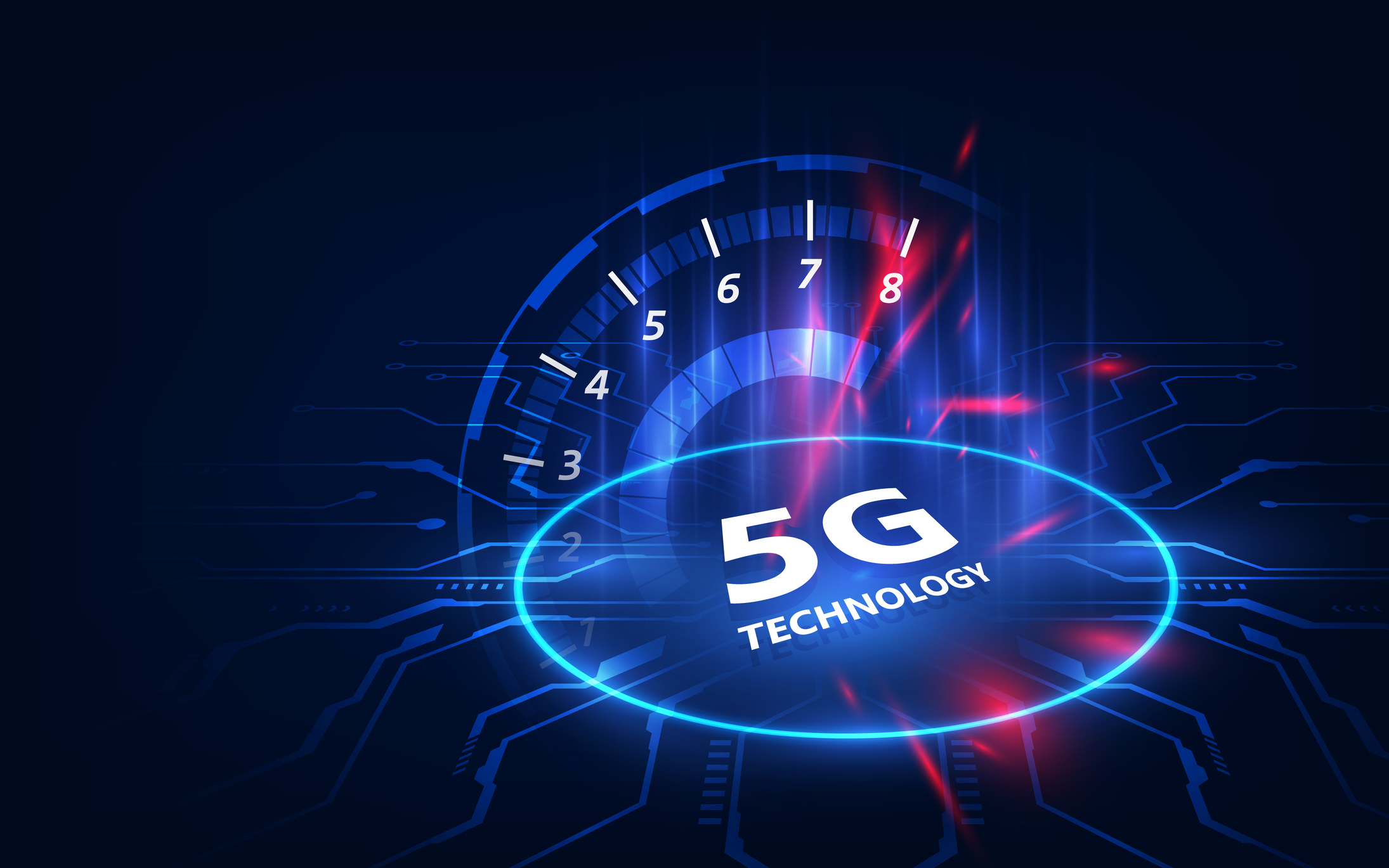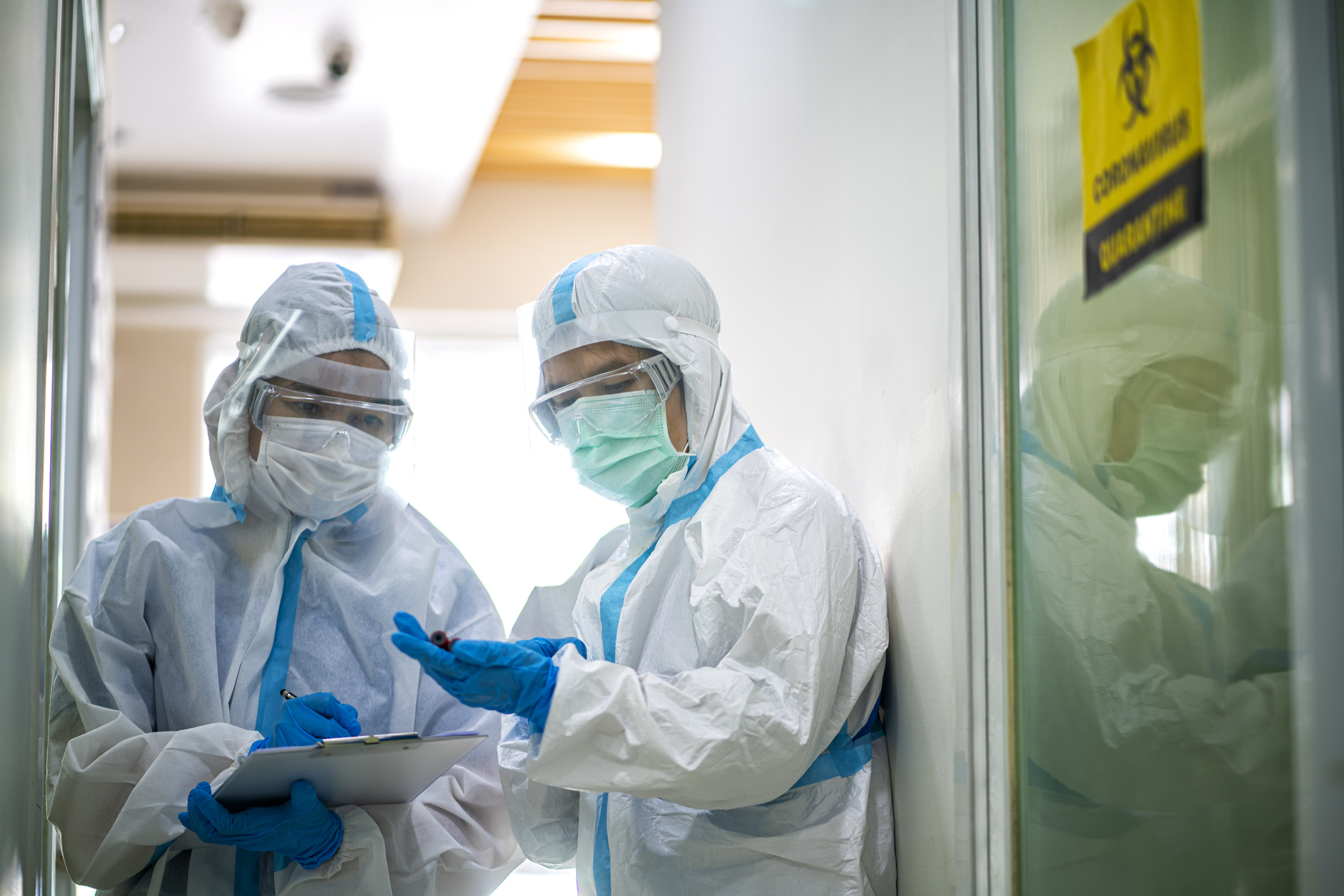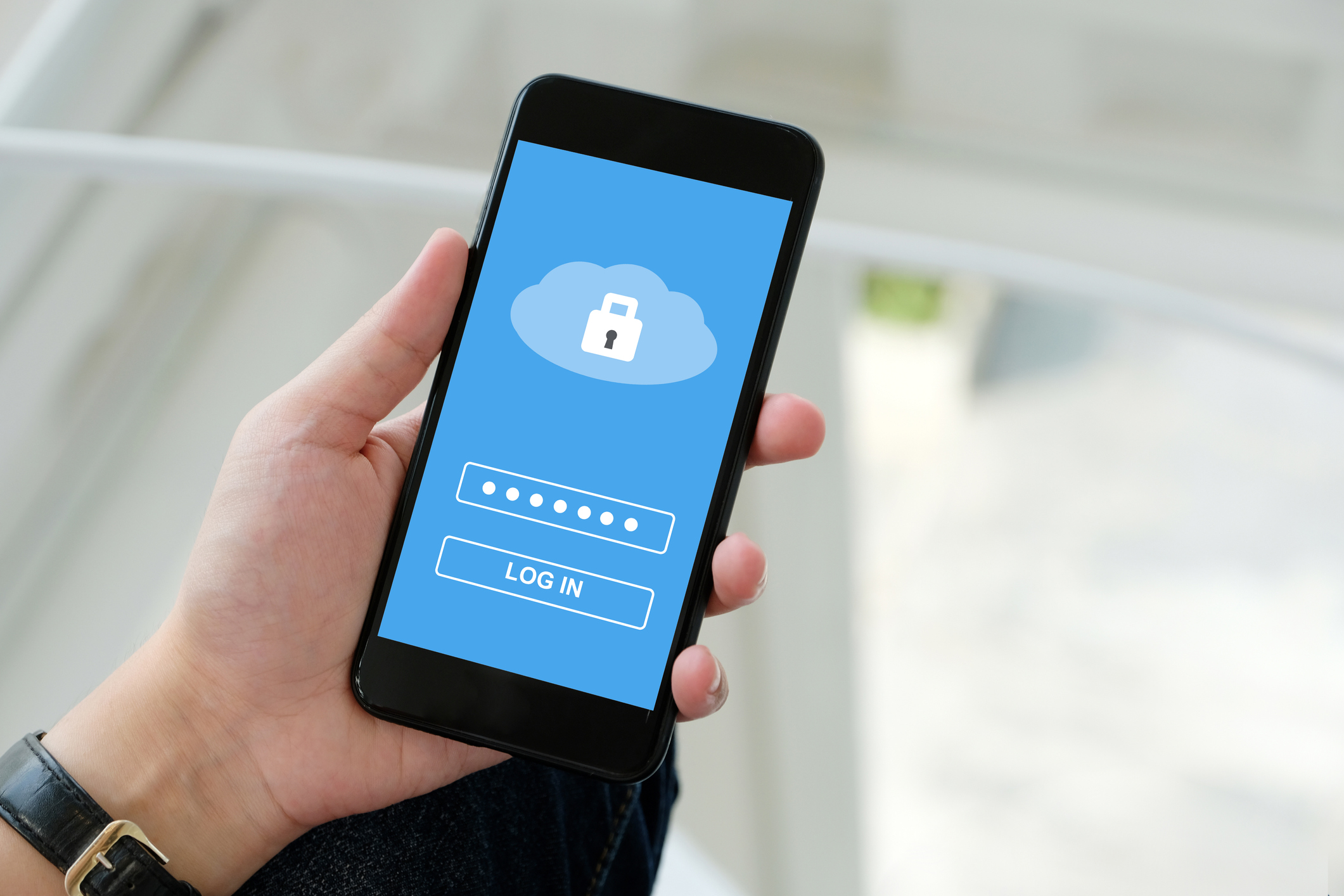What is ‘contactless healthcare’ and why is it important?
We’ve all now become very familiar with ‘contactless payments’, with the pandemic escalating its use across most transactional environments. But what does ‘contactless’ mean in healthcare, and why is it important for clinical environments to adopt it now, more than ever?
The meaning of a ‘contactless environment’ in healthcare is about creating an environment in private medical practices that's safer, involves less risk of direct human contact. This is important not only to minimise transmission and health risks for patients but also for healthcare providers, whether it's practice managers, reception staff or the doctors themselves.
Technology that enables a contactless health environment allows for practitioners and medical staff to offer the same services they normally would - booking an appointment and checking in but through online applications that don’t require direct contact. Another example of contactless healthcare which we’re now all familiar with is telehealth consults, which have risen substantially since the pandemic.
While some practices are implementing some contactless habits, many are still passing around pens and a clipboard to multiple patients, creating a risk of spreading infections.
On top of this, in today's scenario where you have the effects of the pandemic to manage, doctors and practice owners also have a fundamental fiduciary duty to also keep their staff safe. To do this they should implement a contactless environment through the power of cloud health technology.
With the power of cloud medical practice software, some staff could work remotely while taking appointments, taking bookings, completing information, managing referrals and billing. Meanwhile other staff members can still be working in the clinic greeting patients.
Why is a contactless environment in healthcare important?
A ‘contactless healthcare environment’ is important for two reasons. Firstly it creates a solution for the current pandemic - minimising exposure to infections and germs. Secondly, it creates efficiencies for clinical staff.
If you're running a reception desk in a busy medical practice, the more you can get the patient to do, the less your staff has to do.
The practice is under duress already with patients being more anxious and appointment confusion on the rise. The more efficiency you can create at the front desk, the more time you can open up to focus on patient care.
Why do patients need technology that supports a contactless health environment?
Patients need technology ultimately because patients want to be engaged in their own care journey outside the four walls of the clinic. Nobody chooses to be sick, no one wakes up and decides to be sick. But when you do get sick, you want to be part of your own health journey you want to be very much involved - and technology can enable that.
You want to contribute to making healthcare more efficient and help yourself recover as quickly as possible. After all, patients are busy people and they too want efficiency. I have spoken to a number of younger patients and almost all of them said they are more likely to go see a doctor that allows booking remotely, as an example. Having that patient engagement online is crucial for a clinic to be successful.
Common myths and misconceptions around 'contactless healthcare'
Some of the myths and misconceptions around contactless healthcare include being careful to wear a mask, use sanitiser, take a temperature but then not clean surfaces or hand the same pen and clipboard around - you've just defeated the purpose of wearing PPE.
Another misconception is that video consults or telehealth is the entirety of contactless healthcare - it is only one piece of the puzzle. There is still a need to capture a lot of data to do with a patient pre/post consult or pre/post op: you need to build that and you need to report it to Medicare and health funds. There's a lot more than a video consultation to a contactless environment.
How to provide a contactless healthcare experience
To provide contactless healthcare, adoption of technology is key - but it's more than just ‘buying some software.’ It’s about change management.
Clinics must bring their team on the journey, get them involved and make sure all staff understand that is for the greater good. The clinic is adopting new technology not to make everyone's lives harder but to make everything easier - and safer.
There is a myriad of medical practice management software for clinics to choose from, but it's a matter of doing some research and working out what's the right fit for you and your team.
Key tips to getting started on your contactless healthcare environment:
- Don't try and solve all your problems at once, find the right tools for the right job
- Investigate the pros and cons of the solution upfront to make sure it works for you.
- Make sure your team commits to being educated on the new contactless systems, as critical mistakes can occur when not everyone is up to speed on the technology.
- Understand the difference between ‘legacy technology’ (server-based) and ‘lightweight technology’, which is true cloud health software. that’s easy to use, and you can deploy and doesn't need servers.
Why the future of smart healthcare is contactless
Healthcare is complex and expensive. There's a shortage of providers, an aging population, we live longer and we will need more healthcare. The larger, more complex hospital systems will get overcrowded if we don't create efficiencies. The system won't be able to sustain health care the way it's been delivered now, so we need to get smarter about the way we deliver healthcare.
At the same time, not one provider can solve all problems at once, which means health technology innovators work better together and make integration a priority. If all providers work together hand-in-hand, we can create a better space for the patient.
We need to shift to outcome based-care into value-based or remote care. The more we can deliver contactless remote care, the more efficiencies we can create, and the more cost effective it will be. This will give us all a far more sustainable healthcare system now, and for the future.
